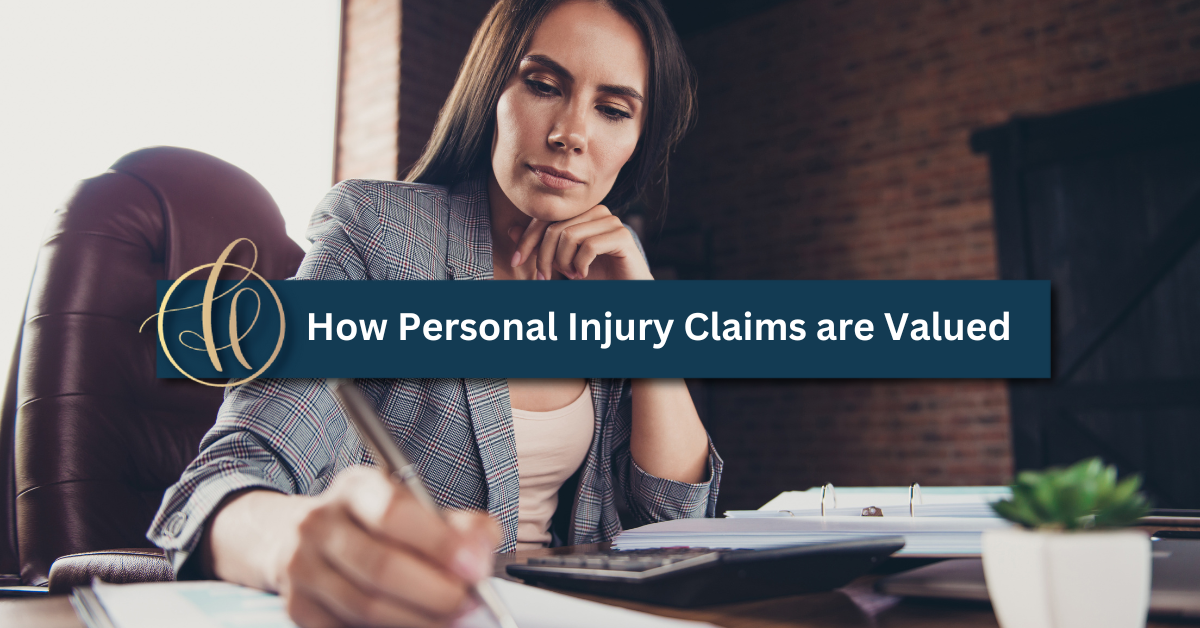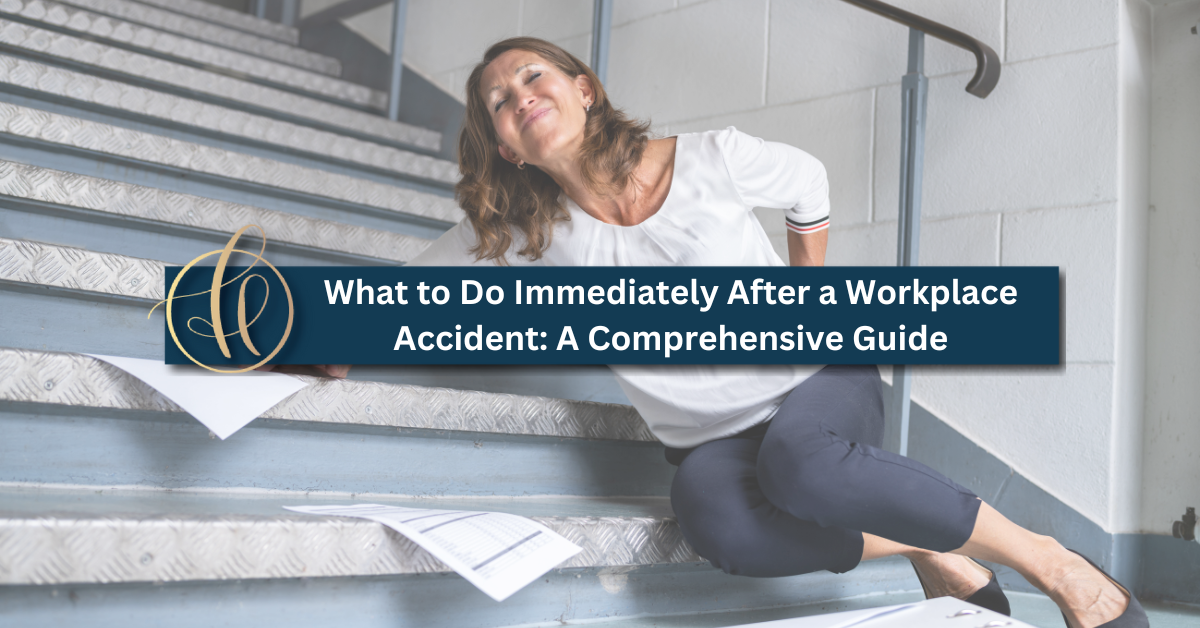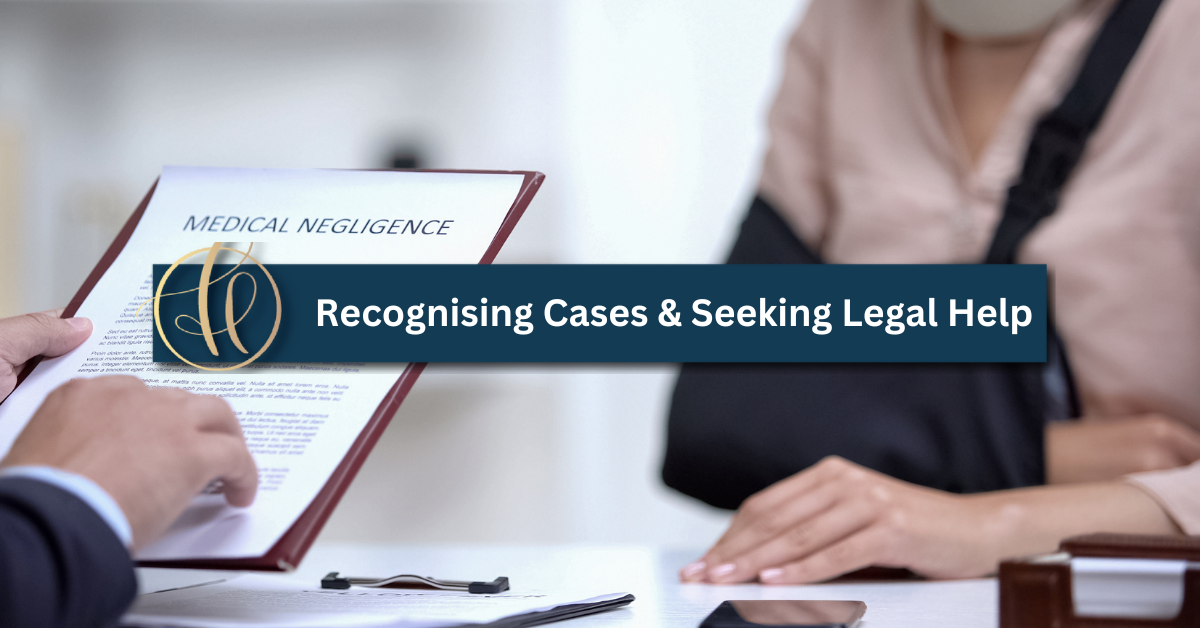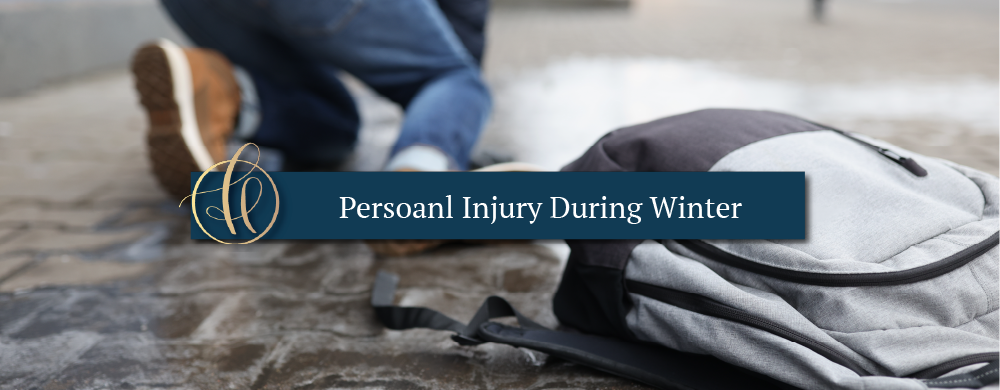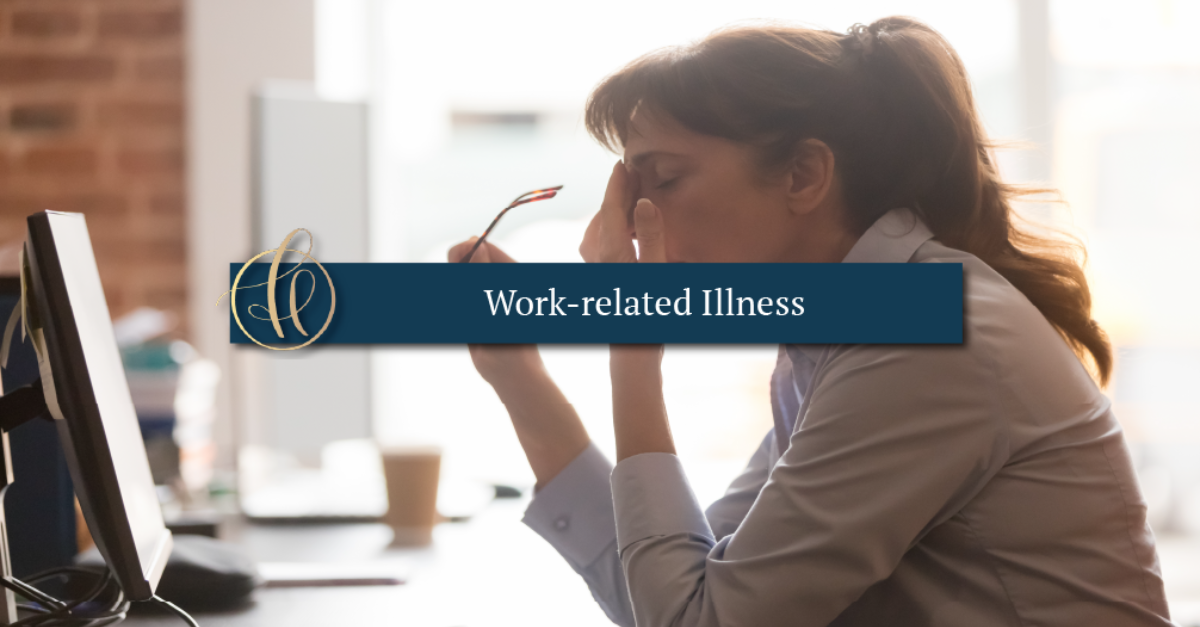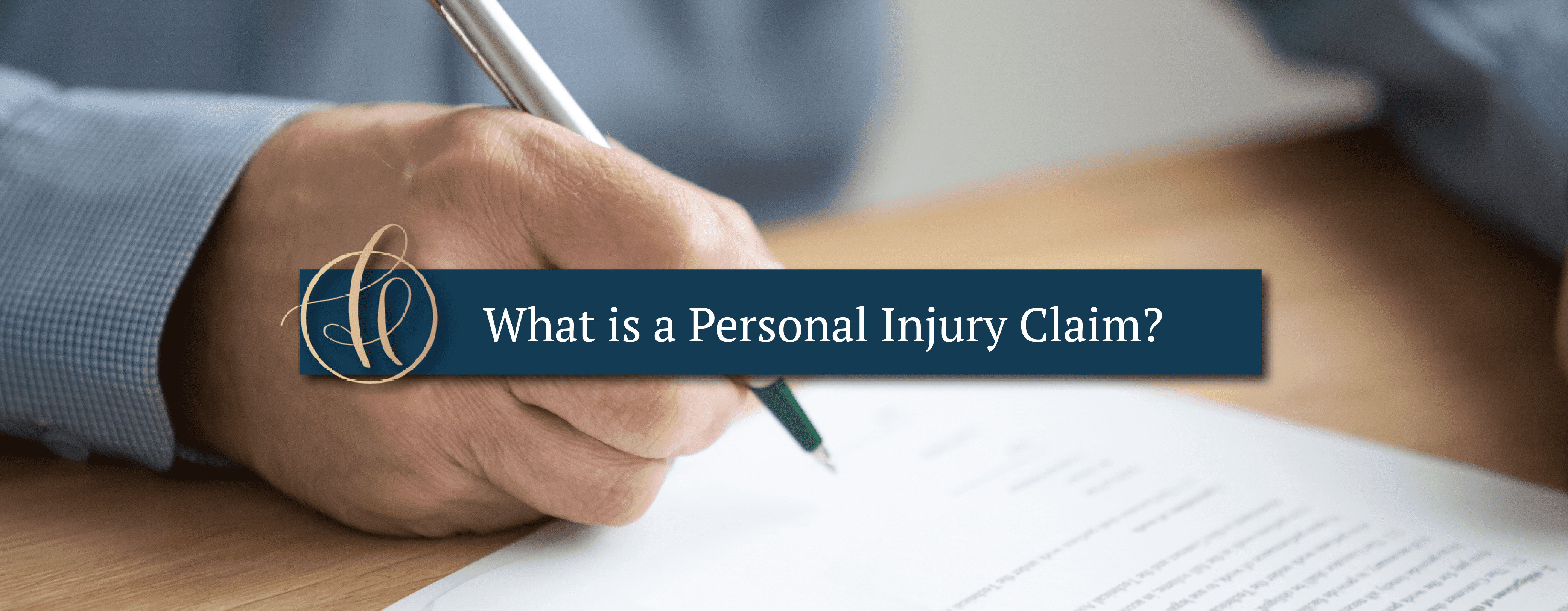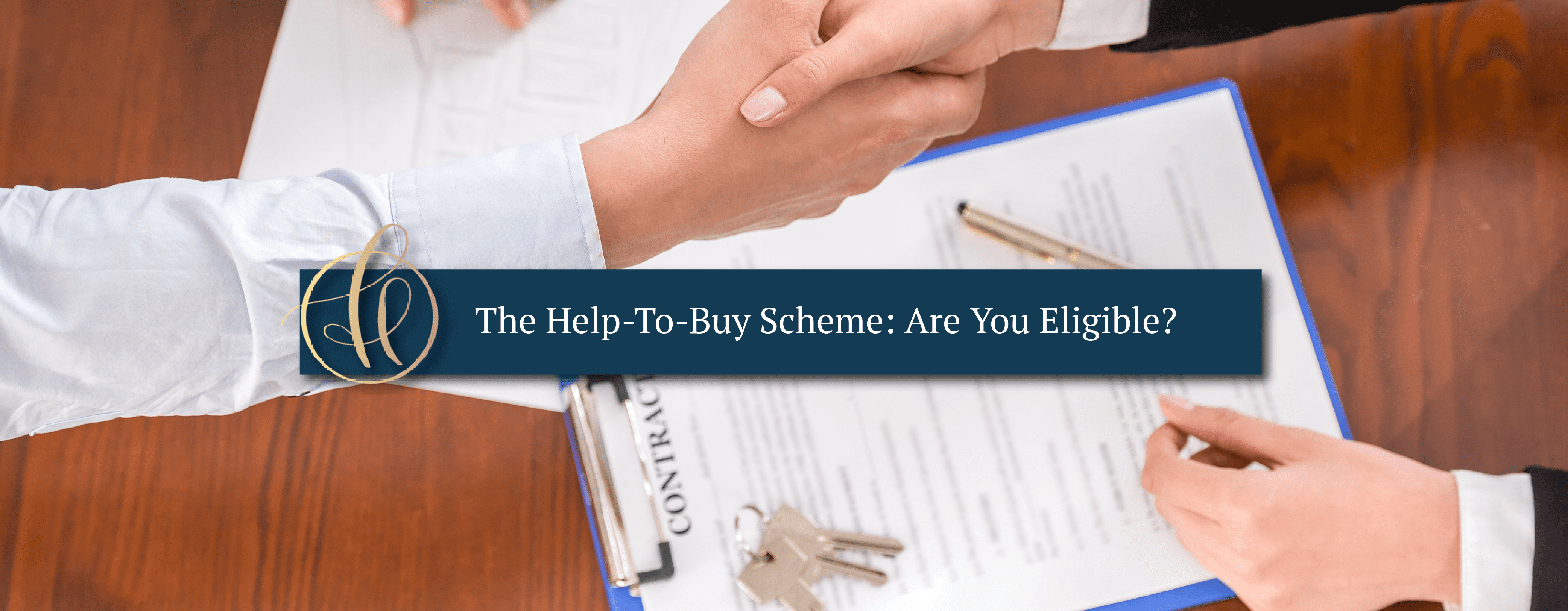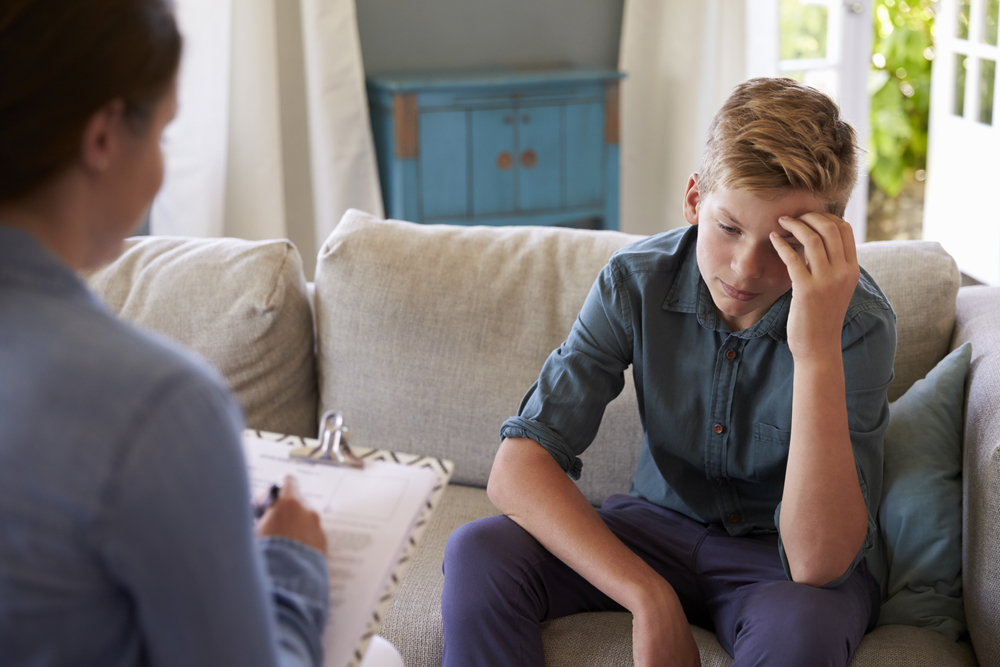When you’ve been injured due to someone else’s negligence, understanding how your personal injury claim valuation can feel like deciphering a foreign language. You might be wondering what aspects are considered and how they’re quantified.
At Martin A. Harvey & Co., we’re here to demystify this process so that you have a clear idea of how your compensation is calculated and what factors contribute to the final settlement amount. From medical expenses to pain and suffering, let’s break down the key elements that determine your personal injury claim’s value.
Breaking Down the Factors:
- Medical Expenses:
- Direct Costs: One of the most significant components of a personal injury claim is medical expenses, including costs for ambulance rides, emergency room visits, surgeries, medications, and rehabilitation services. Even future treatments and long-term care, if needed, should be accounted for.
- Expert Medical Opinion: Expert testimony from healthcare professionals can help provide accurate estimates of future medical costs, which is essential if the injury requires ongoing care.
- Lost Wages and Earning Capacity:
- Current Lost Wages: If your injury causes you to miss work, you’re entitled to compensation for those lost wages. These losses can add up quickly, whether it’s a few days or several months.
- Future Earning Capacity: In cases of long-term or permanent disability, your ability to earn income might be diminished. Compensation should reflect the impact of the injury on your future earning capacity, calculated by estimating what you. would have earned had the injury not occurred.
- Pain and Suffering:
- Physical Pain: This category compensates for the physical pain you endured due to your injuries. While there’s no fixed formula to determine these damages, factors like the severity of the injury and the length of recovery time are considered.
- Emotional Distress: Personal injuries often lead to emotional and psychological challenges, such as anxiety, depression, or PTSD. Compensation for emotional distress acknowledges these less tangible yet significant effects.
- Loss of Consortium:
- Personal injuries don’t just affect the injured person; they also impact close relationships. If the injury affects your relationship with your spouse or partner, they might be entitled to a loss of consortium claim, compensating for loss of companionship or affection.
- Property Damage:
- If the incident involved property damage, such as a car accident, the cost to repair or replace damaged property can be included in the claim. This ensures you’re compensated for all related losses.
- Out-of-Pocket Expenses:
- Small expenses like travel costs to medical appointments, home healthcare assistance, or child care while you’re recovering can also be claimed. They may seem minor individually but add up over time.
- Punitive Damages:
- In cases where the at-fault party’s actions were particularly reckless or malicious, punitive damages might be awarded to punish them and deter similar behaviours in the future. These damages are rare but can significantly increase the total compensation amount.
Conclusion:
A personal injury claim valuation is an intricate process that requires a comprehensive understanding of the various factors involved. At Martin A. Harvey & Co., we work diligently to ensure that no stone is left unturned when calculating your compensation, considering all aspects from immediate medical expenses to long-term emotional distress.
If you’re seeking compensation after an injury, contact us today. We’ll provide personalised guidance, ensuring your claim is accurately valued and advocating for the fair settlement you deserve.

